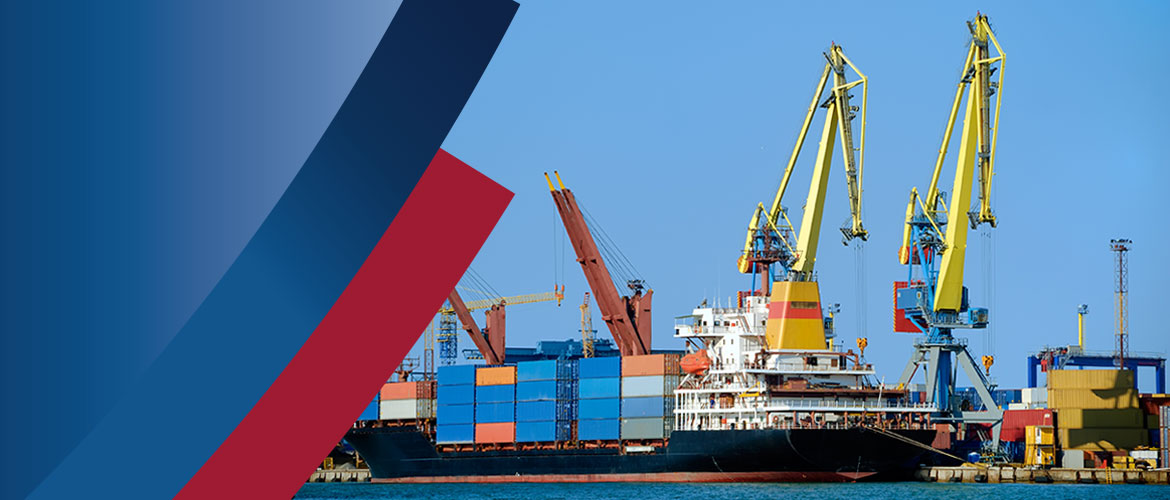Following the unprecedented disruption of maritime traffic as a consequence of the Suez Canal blockage and the still ongoing impact of the pandemic, the maritime congestion on the major trade lanes intensifies.
Ocean Freight levels continue to rise, with rates exceeding 10,000 USD per FEU on Asia–Europe and Asia–USA in recent weeks, with anecdotal levels of +15000 USD per FEU emerging. Currently rates are still increasing and showing no signs of the market cooling in the short term.
We are currently seeing delays in major ports in across the USA, Europe and Asia. Shortage of chassis, rail and trucking capacity in the US is further impacting delivery times once cargo arrives. The severe port congestion has affected many main European ports e.g. Hamburg, Felixstowe, Algeciras, Rotterdam and some carriers recently announced they will omit Hamburg in coming weeks as a consequence.
To further add to the pressures, a Covid outbreak in Guangzhou has led to Yantian port operating at a massively reduced capacity since late May, with analysts forecasting this will have a more disruptive effect than the Suez blockage.
Demand is increasing
The demand for consumer goods currently shows no sign of slowing down as countries begin to emerge from anti-Covid measures, and many major Western countries currently tend to fuel consumer spending as a way of economic recovery. This high demand has added to the increase on container turn times, from laden to empty, delaying repositioning of equipment and causing severe container shortages.
For that matter, according to data from the Shanghai Container Freight Index, freight rates between China and the East Coast of the United States reached their highest ever since records began in October 2009.
Another issue to take under consideration is the fact that any operational problem, such as port closures due to weather or strikes, Covid crew outbreaks or engine breakdowns, now becomes magnified as there is no available capacity to recover or to provide replacement.
Carriers schedule reliability is at an all-time low, with average delays of 10 days on services from Asia to the US West Coast. Some measures taken by carriers in order to tackle the congestion include building up backlog, restricting new booking acceptance and rolling more cargo.
The capacity problems and lack of equipment associated with the current situation, and the strength of demand in some markets suggest trends are expected to intensify through June and July with additional delays across the board. Therefore, there is no expectation that the current pressures on the market will significantly weaken before the end of 2021 and many forecasters expect it to continue up to Chinese New Year 2022.

 Avda. De Italia nº2 – CTC
Avda. De Italia nº2 – CTC